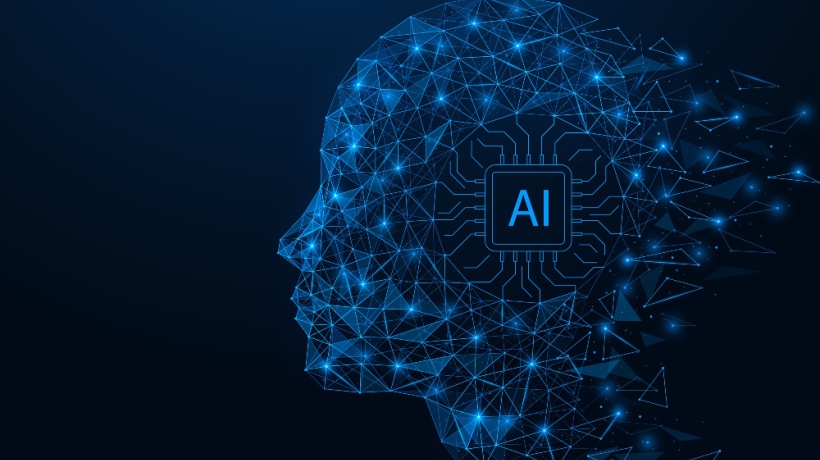Three Key Elements For Successful AI-Powered Education
Remember when we thought AI might replace teachers? Well, we couldn’t have been more wrong. At the heart of successful AI-powered education lies a powerful synergy; the most effective learning with AI occurs at the intersection of three key elements: educators, gen AI, and learners.
Effective AI-Powered Education: The Three Components
Teachers 2.0
Our educators aren’t going anywhere. If anything, they’re leveling up. With AI handling the grunt work (goodbye, endless grading!), teachers can focus on what they do best—inspiring, mentoring, and building those all-important human connections. But let’s be real—this shift requires support. We need to invest in helping our teachers master these new AI tools.
AI: The New Kid On The Block
From personalized learning platforms to AI tutors that never sleep, these tools are changing the game. They adapt to each student’s needs, dish out feedback faster than you can say “pop quiz,” and even whip up engaging content on the fly. It’s like having a super-smart teaching assistant for every student.
Students: Not Just Along For The Ride
Here’s where it gets really interesting. Our learners aren’t just passive consumers in this AI revolution. They’re active participants, developing a new kind of literacy. It’s not just about acing tests anymore; it’s about understanding AI itself, grappling with the ethical questions it raises, and preparing for a world where AI is as common as smartphones.
But here’s the kicker; the real power isn’t in any one of these elements. It’s in the sweet spot where they all come together. That’s where we’re seeing true innovation in education.
The Sweet Spot
The real power of AI in education isn’t found in any single element but in the sweet spot where educators, AI technology, and learners converge. This intersection is where true innovation in education occurs. We’re seeing it play out in classrooms around the world, fostering an environment where technology and human touch work together to create a holistic learning experience.
Global Examples Of Innovation
1. AI-Powered Textbooks In South Korea
In South Korea, AI-powered textbooks are revolutionizing the way students interact with their curriculum. These digital textbooks adapt to each student’s learning pace and style, offering customized exercises and feedback. The AI tracks student progress and provides insights to teachers, helping them identify areas where students may need additional support. This personalized approach not only enhances student engagement but also improves learning outcomes.
2. Entrepreneurship Programs In The United States
In the United States, various entrepreneurship programs integrate AI education into their curriculum, teaching students how to leverage AI tools for business innovation. For instance, programs like AI4ALL and AI for Good aim to empower young minds with AI skills, encouraging them to solve real-world problems. By learning to create AI-driven solutions, students develop critical thinking and problem-solving skills essential for the future workforce.
3. AI Tutors In The UK
In the UK, AI tutors are providing round-the-clock assistance to students. There are platforms that use AI to deliver personalized learning experiences, adapting to each student’s strengths and weaknesses. These AI tutors offer instant feedback and additional resources, ensuring students receive the help they need outside of traditional classroom hours. This support system allows teachers to focus more on in-class engagement and less on administrative tasks.
4. Smart Classrooms In China
China’s smart classrooms are integrating AI to monitor and enhance student participation. AI cameras and sensors analyze student behavior, providing real-time data on engagement levels. This information helps teachers adjust their teaching strategies to maintain high levels of student interest and participation. The smart classroom setup also includes AI-driven interactive whiteboards that adapt lessons based on student responses.
5. AI-Enhanced Education For Students With Learning Disabilities In Canada
In Canada, AI is being used to support students with learning disabilities, with tools like assistive communication devices and personalized learning apps, to ease access to the curriculum. These technologies enable differentiated instruction tailored to each student’s unique needs, promoting inclusivity and equal learning opportunities.
The Collaborative Approach
These examples demonstrate the transformative potential of AI when it intersects with dedicated educators and engaged learners. The collaborative approach fosters an environment where technology enhances the educational experience rather than replacing the human touch. Teachers can focus on mentoring and inspiring students, while AI handles repetitive tasks and provides personalized support.
By integrating AI into the classroom, we are witnessing a shift toward a more adaptive and responsive educational system. This system recognizes the individual needs of each student and provides the tools and resources necessary for them to succeed. The sweet spot, where educators, AI, and learners converge, is where we see true innovation and the future of education being shaped. Have you seen this triad in action? It’s time to start a conversation as educators, students/learners, and school leaders, creating learning pathways for the generations to come. After all, learning is a team sport, and we’re all on the same team.

